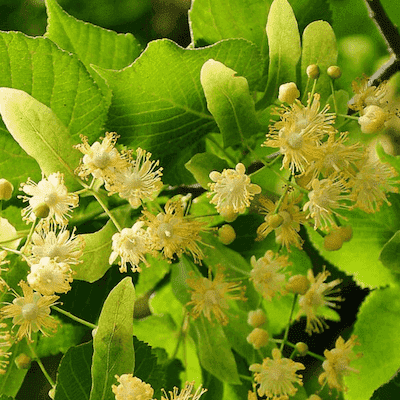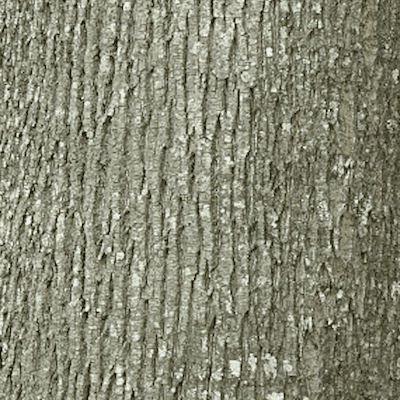Softwoods
A forest is a carbon bank, every tree a deposit.
Basswood, also known as American linden or Tilia americana, is a deciduous tree that is native to North America. It is a member of the Tilia genus, which includes several other species of linden trees found throughout the world.
Basswood trees typically grow to be 60 to 80 feet (18 to 24 meters) tall muck like balsawood, although they can sometimes reach heights of up to 120 feet (37 meters). They have a rounded crown, with a straight trunk and smooth, grayish bark that is marked with vertical furrows.
The leaves of a basswood tree are heart-shaped and have serrated edges. They are typically 4 to 8 inches (10 to 20 centimeters) long and have a dark green color. The tree produces fragrant, yellowish-white flowers in early summer, which are attractive to bees and other pollinators.
Basswood trees prefer moist, well-drained soils and are typically found in forested areas and along riverbanks in the eastern United States and southern Canada. They are commonly used in landscaping and are also harvested for their lightweight, soft wood, which is used in a variety of woodworking applications.
Commercial timber mills around the Great Lakes refer to basswood as the tree time forgot because it was a popular tree milled commercially more than 100 years ago for making furniture. Today, this tree could be rediscovered for use as biomass because of its rapid growth.
Basswood grows fast, straight and tall and is called paulownia of the north because of its similarities to its subtropical cousin the paulownia empress tree. Both trees gain trunk diameter quickly and feature large leaves. Basswood is light and straight grained. It has a creamy white color sometimes with slightly darker streaks depending on the mineral content of the soil the tree grew in. It splits extremely easy due to its straight grain and a reasonable BTU value makes the tree a good candidate for fire and pellet wood.
Basswood is a versatile wood that is used in a variety of applications, including:
In summary, basswood is a versatile wood that is used in a wide range of applications, including carving, furniture, musical instruments, toys, model making, woodturning, and packaging materials. Its lightweight, consistent texture, and ease of working make it a popular choice for many different types of woodworking projects.
Basswood is a good species for growing as a biomass crop due to its fast growth, adaptability to a range of soils, ease of processing, and the potential for coppicing from cut stumps. Here are some features and advantages of growing basswood for biomass:
In summary, basswood is a good species for growing as a biomass crop due to its fast growth, adaptability, ease of processing, and potential for coppicing. While there are some costs associated with growing and processing the biomass, basswood is relatively low-cost compared to other biomass crops, making it an attractive option for biomass production.
Trees are planted in parallel rows or large looping spirals. Treed rows provide convenient access for mechanical planters and harvesters, particularly for biomass cropping. Spiraled plantations grow thick trunk wood fast, advantageous for lumber and pelleting. Fast becoming known as the tree time forget, growing basswood in commercial tree plantations is becoming popular with both timber investors and tree farmers alike.
Biomass basswood trees are spaced 6 feet apart in parallel rows 20 feet on center. Trees are harvested in 10 year cycles. New trees sprout from the cut stumps effectively tripling the harvest of the next cycle. In year 10, the trees begin to produce seed, which can be collected and sown to expand the plantation.
Plantation basswood trees are spaced 8 feet apart along an imaginary line in the shape of a geometric spiral. Loops of the spiral are 20 feet from one another. Close proximity tree spacing encourages the trees to grow fast as they compete with each other for sunlight.
Coppicing is the regenerative effort of a tree to regrow after it has been harvested. Providing the tree is cut early spring just as the sap starts to run and at least 1 foot of stump is above ground the tree will sprout several whips that resemble vertical branches from the cut stump. Because the root of the tree is established, the whips will grow fast, averaging 5 or 6 feet each year.
When growing basswood for biomass, the shorter less developed whips are cut from the stump leaving 3, 4 or 5 of the larger whips to continue to grow the following seasons. For basswood timber production, all but the tallest and most developed whips are trimmed from the stump. Since timber basswood is not harvested until at least year 30, root systems are extensively developed providing ample nutrient to the single whip, which can grow as tall as 10 feet in the first year of regeneration.
In year 10, every second tree is culled from the plantation and processed into fire or pellet wood encouraging the remaining trees to develop caliper. Each year after year 10, the plantation would provide an exponential foundation for securing carbon credits.
It is important to grow true basswood in both types of plantations; related trees such as Flowering Linden and Carolina basswood are often confused with American basswood, grow slow and are used as a landscape tree on side streets.
Softwoods, the pioneer species of the temperate forest, grow quickly to leave their mark on the landscape for centuries.
Partner with us in a land management project to repurpose agricultural lands into appreciating tree assets. We have partnered with growingtogive.org, a 501c3 nonprofit, to create tree planting partnerships with land donors.
We have partnered with growingtogive.org, a Washington State nonprofit to create a land and tree partnership program that repurposes agricultural land into appreciating tree assets.
The program utilizes privately owned land to plant trees that would benefit both the landowner and the environment.
If you have 100 acres or more of flat, fallow farmland and would like to plant trees, then we would like to talk to you. There are no costs to enter the program. You own the land; you own the trees we plant for free and there are no restrictions; you can sell or transfer the land with the trees anytime.
Copyright © All rights reserved Tree Plantation


